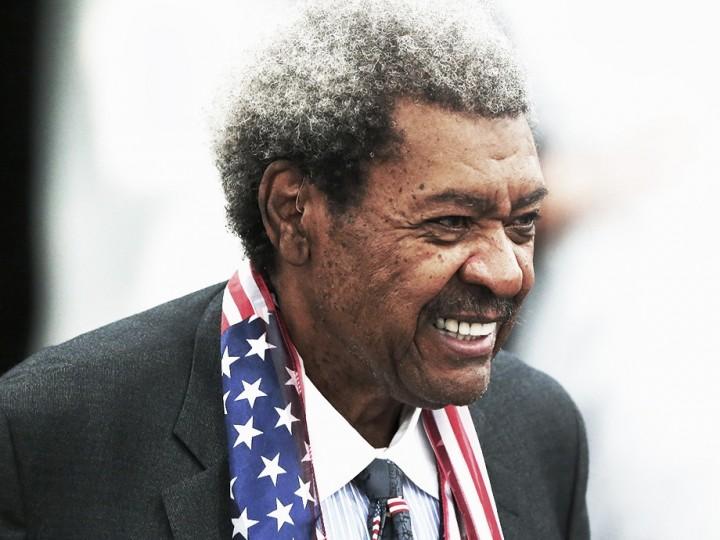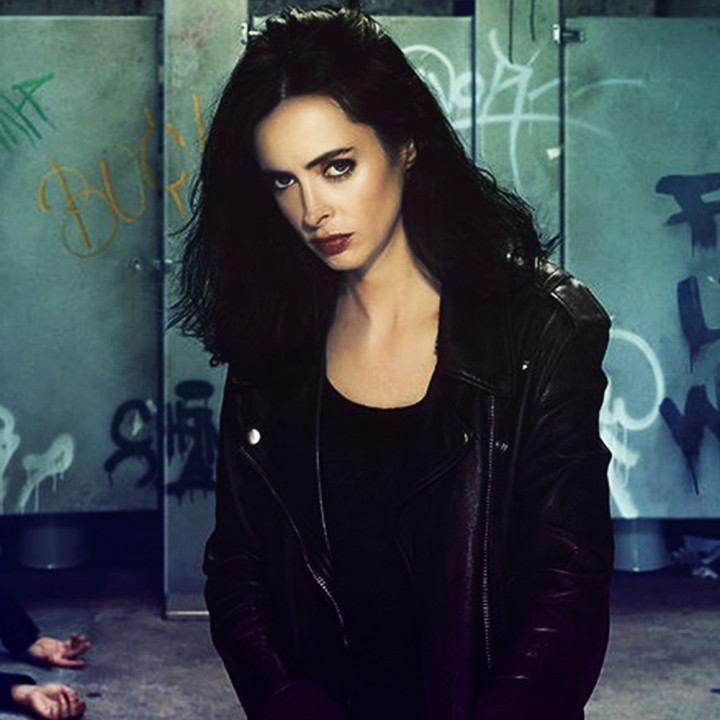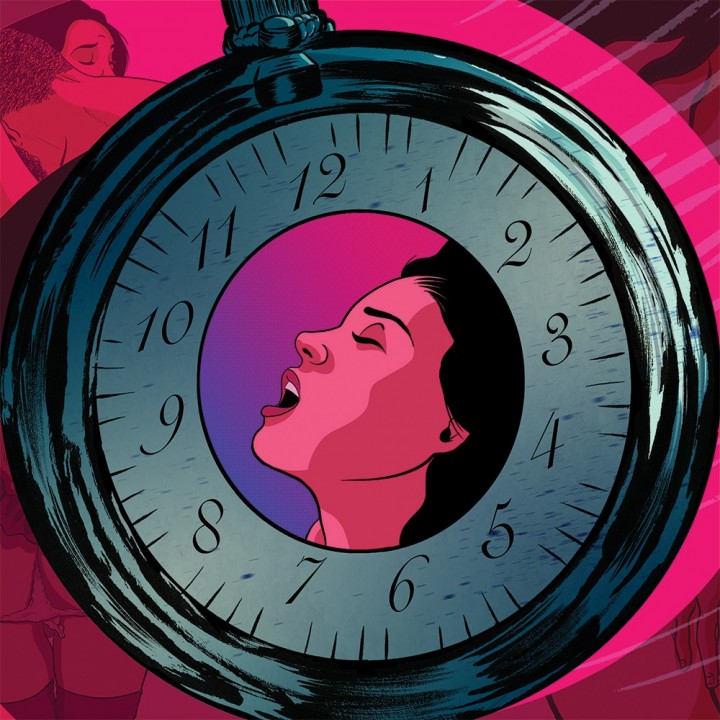
The Art of Video Game Design with Josef Fares
Regardless of the mechanism for expression, artistry is fueled by passion and innovation, a call for attention and a vehicle for escapism. Anyone who has participated in video game play understands that beauty that the experience entails–for just a moment of time, you can escape your reality to travel through time and space, fight in WWI for victory and embody someone else. And for every art form, their must be a creator, an artist. Josef Fares is just one video game artist--known for, like many of the greats, his eccentricities.
And his excitement is founded. A Way Out is Fares' second video game, after a decade of directing feature films. His cinematic eye bleeds into his latest project, developed by Hazelight and published by EA (Electronic Arts Inc.). Written by Fares, it is an action/adventure starring convicted prisoners Leo and Vincent, who must break out of prison and stay on the run to avoid reincarceration. The story is intriguing enough, but the way it all unfolds is what is truly impressive--that in order to advance, players must cooperate with one another and take on different roles simultaneously to make it to the next level. For example, in one scene, one player has to distract a guard while another must find a tool that is imperative to gain freedom.
The actual code of A Way Out is a thing of beauty as well. For those who aren't gamers, a cooperative game (also known as a co-op) allows players to work together as teammates, usually against another person or robot opponents. Fares explains that it is extremely difficult to code this type of game to allow network players and local players to mix. So while co-ops mean to inspire interaction among real life players, they tend to do the opposite since friends can't work together on the screen while being physically in the same room. Fares, however, challenges that boundary. The Lebanese director built A Way Out with the vision to make an emotional journey that doesn't have to be shared with a friend through a headpiece, but can be done together, with a split-screen co-op. “This game is meant to be played on a couch with a friend,” he explained, though you can play with a friend online. But if that’s the case, he’s got good news: “Only one of you needs to buy the game!”
The necessity to make an adaptive experience for each individual player in a video game makes the development process much more challenging over the much-celebrated art form, directing a feature film: “With a movie, you can develop a timeline of about how long it is going to take each part to do. You can’t really do that with a video game unless you’ve done multiple titles of the same game.”
Maybe you haven't heard of Fares until now, but you have heard of EA (Electronic Arts Inc.), the big-box publisher who has--despite its name--become infamous for shifting game designs from an artistic expression into a big business. In fact, Fares’ aforementioned part in The Game Awards caught so much attention partially because it had to do with EA’s recent blunder with the loot boxes and pay-to-win structure of Star Wars Battlefront 2. And yet, the man with the big personality doesn’t feel threatened.
“These EA guys,” he began while leaning back in his chair, “they eat shit like everybody else. Everybody fucks up sometimes.” Even so, Fares has been sure to make sure nobody is changing his vision of the game. “But what I will tell you is that I’m in complete control. EA can’t change the color of a character’s shirt from green to blue unless I want to.” In a world with big companies tampering with the gaming industry, it’s refreshing to see the little guys strike such a unique deal with a massive company known for excessively monetizing so many of their projects. “We make 100 percent of the profit of this game,” Fares adds.
He is, in all respects, a perfectionist: “I don’t like to look at myself as the boss. I could clean toilets tomorrow, as long as it helps this game,” he declares.











